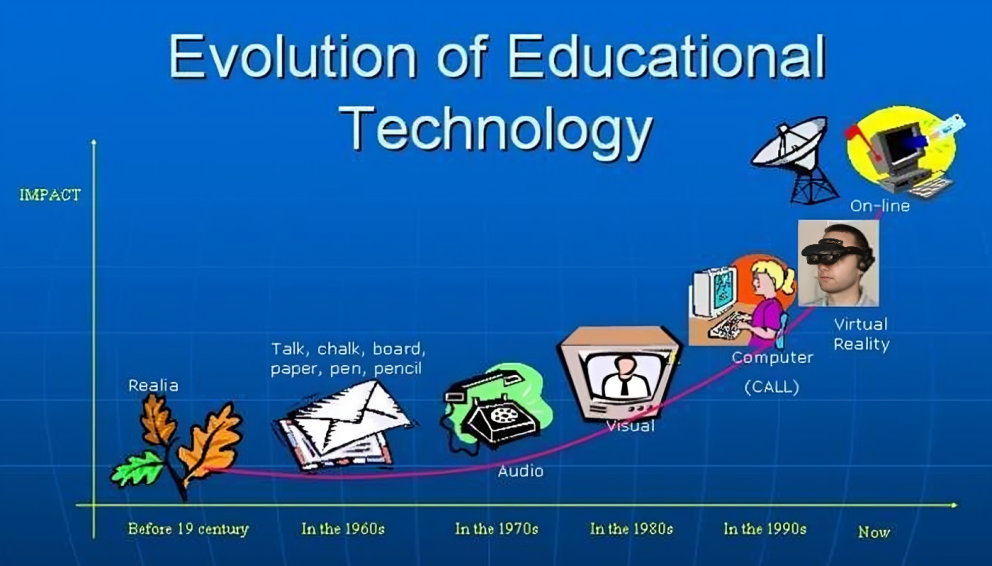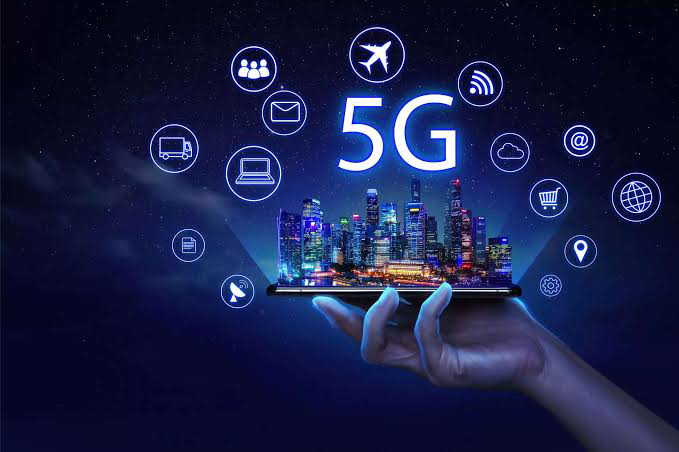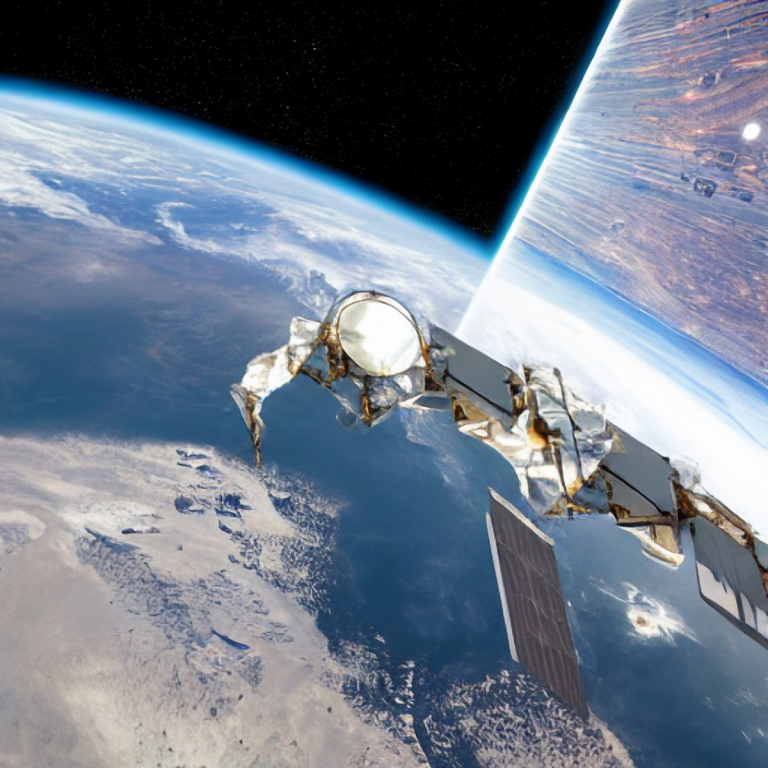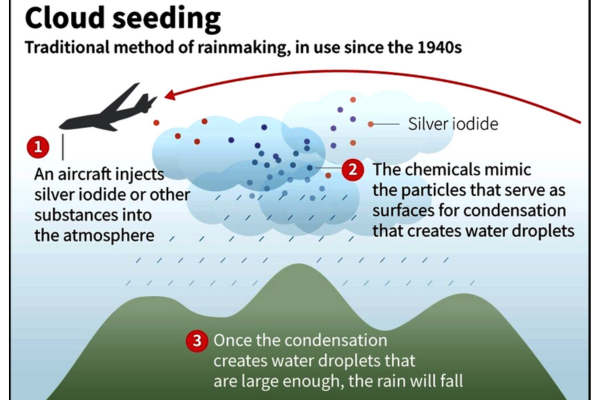Introduction :-
In the dynamic realm of education, the integration and evolution of technology have drastically transformed teaching and learning experiences. The journey of educational technology, from rudimentary tools to sophisticated digital platforms, underscores its significance in modern pedagogy. Here, we explore the best eight evolutions of educational technology, highlighting how these advancements have shaped contemporary education.
Table of Contents
1. The Advent of Computers in Classrooms

The introduction of computers into classrooms marked a pivotal shift in educational technology. In the late 20th century, educational institutions began recognizing the potential of computers as learning aids. Early educational software focused on subjects like mathematics and language arts, providing interactive experiences that traditional methods couldn’t offer. This shift allowed students to engage with content dynamically, fostering better understanding and retention.
2. The Internet and World Wide Web
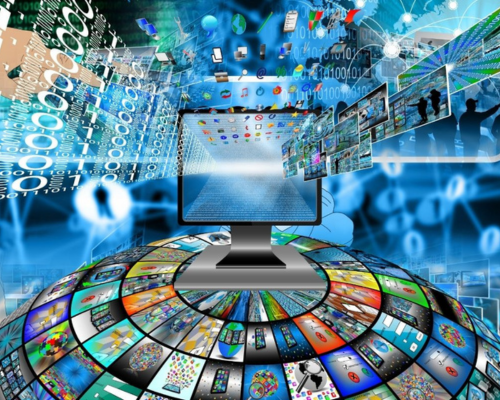
The widespread adoption of the internet revolutionized educational technology by providing unprecedented access to information. Students and educators could access vast amounts of data, research materials, and educational resources from anywhere in the world. The internet also facilitated the development of online courses and e-learning platforms, democratizing education by making it accessible to a broader audience. Websites like Khan Academy and Coursera exemplify how the internet has transformed learning into a global, accessible endeavor.
3. Interactive Whiteboards
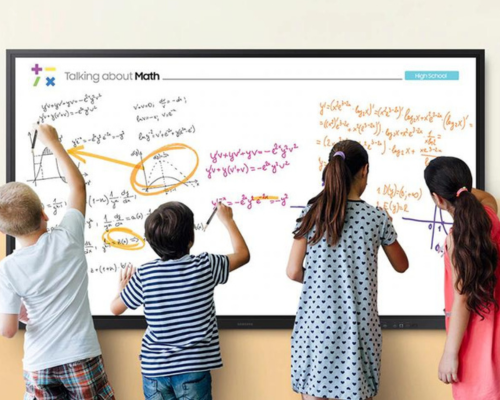
Interactive whiteboards replaced traditional chalkboards, offering a more engaging way to present information. These digital boards allowed educators to integrate multimedia resources into their lessons, including videos, images, and interactive content. The ability to annotate directly on the screen and save notes for future reference enhanced the teaching process, making lessons more interactive and visually appealing. This evolution of educational technology bridged the gap between traditional teaching methods and digital innovation.
4. Mobile Learning
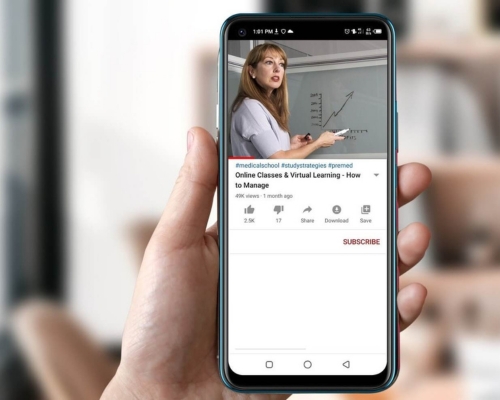
The proliferation of smartphones and tablets has significantly influenced educational technology. Mobile learning, or m-learning, enables students to access educational content anytime, anywhere. Educational apps cover a wide range of subjects, offering interactive and personalized learning experiences. Mobile technology supports diverse learning styles and provides immediate access to information, fostering a more flexible and individualized approach to education. The convenience of mobile learning has made it an integral part of modern education.
5. Learning Management Systems (LMS)
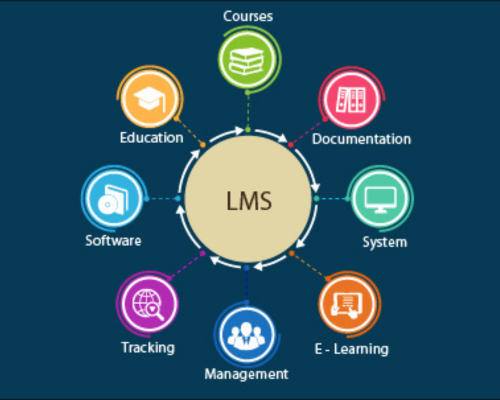
Learning Management Systems (LMS) like Moodle, Blackboard, and Canvas have streamlined the administration of educational courses. These platforms provide a centralized system for managing course content, assignments, assessments, and communication between educators and students. LMSs support blended learning models, combining online and in-person instruction, and facilitate the efficient organization and dissemination of educational materials. This evolution in educational technology has enhanced the management and delivery of education, making it more efficient and accessible.
6. Gamification
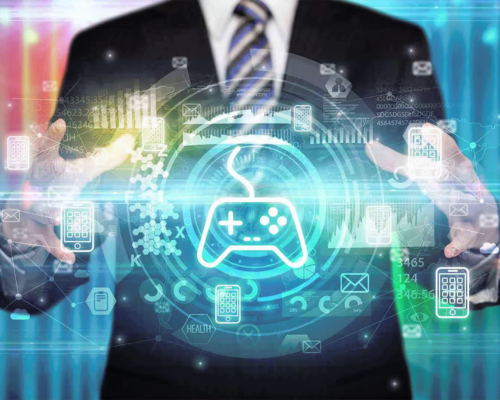
Gamification in education involves incorporating game design elements into learning activities. This approach aims to increase student engagement, motivation, and participation. Educational technology has leveraged gamification to create immersive learning experiences through educational games, quizzes, and interactive simulations. Platforms like Kahoot! and Duolingo use gamification to make learning more enjoyable and effective. By turning education into a game-like experience, students are more likely to be motivated and retain information.
7. Virtual Reality (VR) and Augmented Reality (AR)
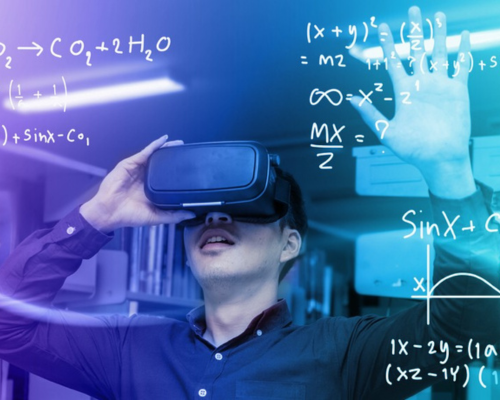
Virtual Reality (VR) and Augmented Reality (AR) represent cutting-edge advancements in educational technology. VR immerses students in simulated environments, providing hands-on experiences that are otherwise impossible in a traditional classroom. For example, students can explore historical sites, conduct virtual science experiments, or even practice medical procedures in a risk-free environment. AR overlays digital information onto the real world, enhancing interactive learning experiences. Both technologies offer innovative ways to engage students and provide experiential learning opportunities.
8. Artificial Intelligence (AI) and Personalized Learning
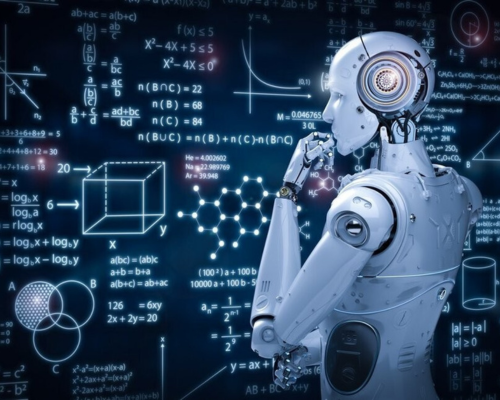
Artificial Intelligence (AI) has the potential to revolutionize educational technology by offering personalized learning experiences. AI-driven platforms analyze student data to understand individual learning patterns, strengths, and weaknesses. This information is used to tailor educational content and provide personalized recommendations, ensuring that each student receives a customized learning experience. AI can handle automate administrative tasks, allowing educators to focus more on teaching and mentoring. The integration of AI in education promises to make learning more efficient, effective, and personalized.
The Impact of Educational Technology
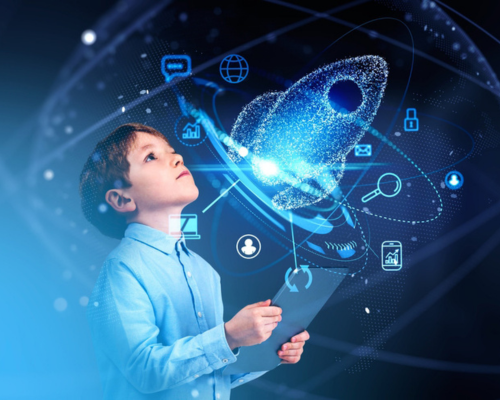
The evolution of educational technology has had a profound impact on both teaching and learning. These technological advancements have made education more accessible, engaging, and personalized. They have bridged geographical barriers, providing opportunities for lifelong learning and continuous professional development. Moreover, educational technology has equipped educators with tools to enhance their teaching methodologies, making education more inclusive and effective.
Challenges and Future Prospects
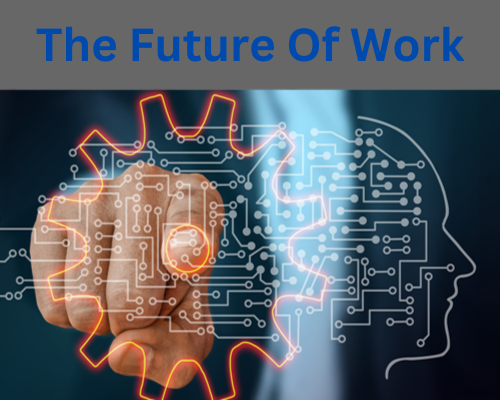
Despite the numerous benefits, the integration of educational technology also presents challenges. Ensuring equitable access to technology, addressing privacy concerns, and providing adequate training for educators are critical issues that need to be addressed. Additionally, there is a need to continuously update and adapt educational technology to keep pace with rapid technological advancements.
Looking ahead, the future of educational technology is promising. Emerging technologies like AI, VR, and AR will continue to transform education, making learning more immersive and personalized. The focus will likely shift towards creating more inclusive and equitable educational environments, leveraging technology to bridge gaps and provide quality education for all.
Conclusion
The journey of educational technology reflects its transformative power in the educational landscape. From the introduction of computers to the integration of AI, each evolution has brought unique advantages, enhancing the teaching and learning experience. As we continue to innovate and adapt, educational technology will remain at the forefront of educational development, shaping the future of learning for generations to come. The continuous evolution of educational technology is not just a trend but a necessity, ensuring that education remains relevant, engaging, and accessible in an ever-changing world.

